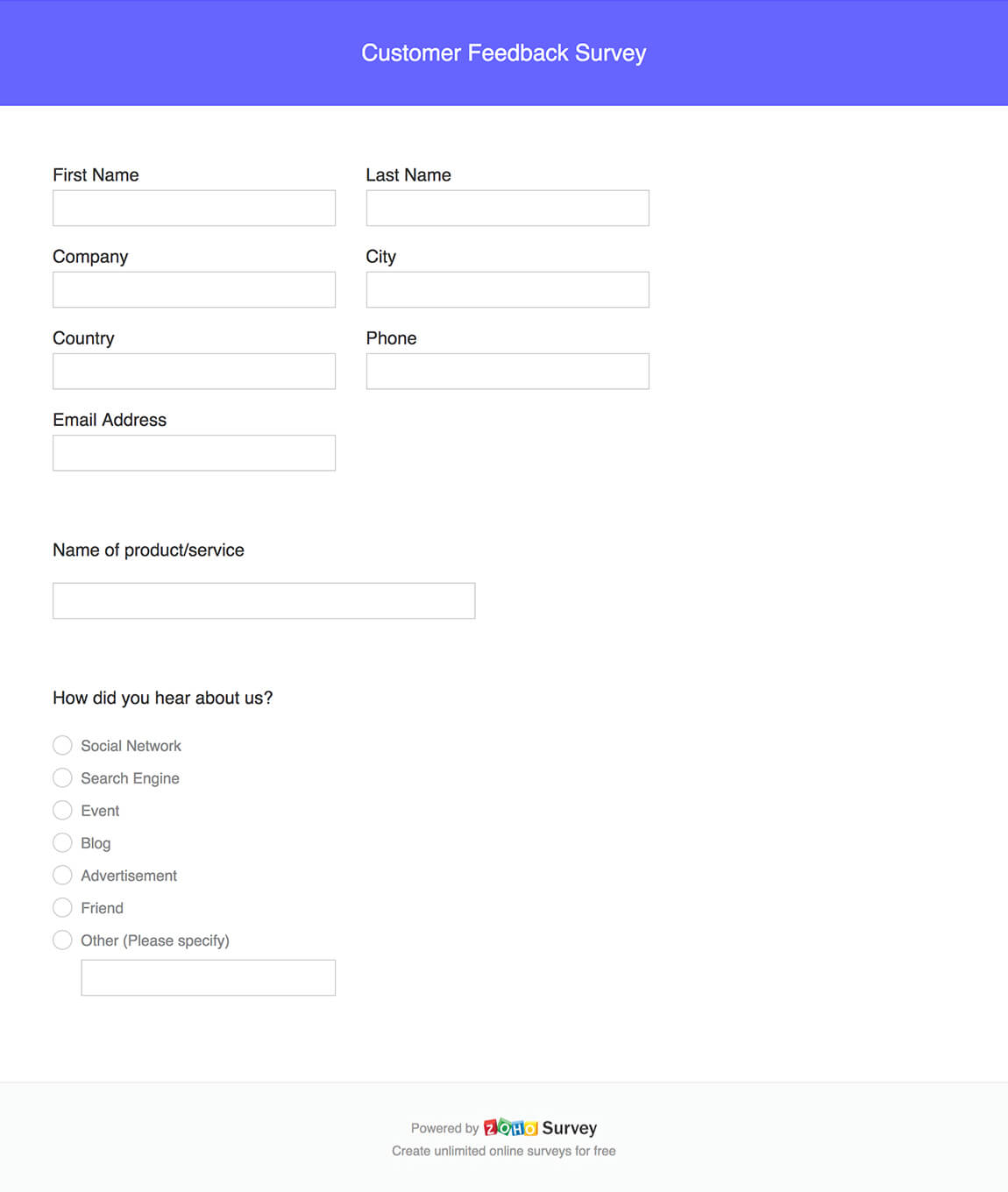- HOME
- Best practices
- Covid-19 resources
- Return-to-Work Assessment Template
Return-to-Work Assessment Template
- Last Updated : August 12, 2024
- 381 Views
- 4 Min Read

How can surveys help while returning to work during a pandemic?
One way to get a good understanding of your employee’s opinion is by using a Return-to-Work Assessment Survey template. These surveys can give quick insights into how employees are doing in their present work-from-home situations.
You can also dive into the survey data and segregate it by teams or other factors such as employee age, work location, and more to target different actions. Our survey helps leadership and Human Resources teams quickly understand any concerns an employee may have, as well as what would make them comfortable returning to office.
You can use this survey as a check-in on how your employees are doing or choose to create a more strategic return plan for them to get back to your office. Feel free to edit the questions and answers according to your company’s situation and employee reassessment needs. We also have many templates tuned specifically to surveying in times of COVID-19, and also other COVID-19 help resources.
When deciding if you feel a topic would be appropriate or not for you to raise with your employees, ask yourself these three things:
1. Will employee feedback affect our decision on this topic?
If the input from your employee will not change how you will handle a given topic, do not include it in the survey.
2. Can we respond and take action on the survey results?
Always remember to limit your survey questions to things your team can reasonably respond to or consider.
3. Will we able to follow up with employees about specific concerns?
Try avoiding questions about individual employees in a company-wide survey. These questions are likely better addressed as one-on-one conversations between the employee and manager.
Our template above encompasses the main concerns of an employee and was designed to fetch data that would tell you what exactly they have going in their mind about the return-to-work situation.
Now the next important question you may be facing is…
How comfortable are people to come back to work?
Start looking by first assessing employee readiness. Carefully cross-assess the answers to questions concerning employee preparedness and willingness to go out. Examine the overall sentiment and identify gaps between locations and teams across the organization.
People may have different opinions on the virus-related situation across the globe, so keep that in mind while scheduling to open.
Identify issues
Identify three to four pain points that may be the biggest concerns for employees to return to the workplace. Be sure to read the open comments. These can be highly useful to understand the context and identify underlying issues.
Identify action to be taken
Start by creating a possible list of measures that will make people feel more comfortable when returning to work. After that, prioritize these actions according to:
What is most important for health and safety?
What is absolutely critical for business continuity?
What is needed to implement these actions?
Communicate your actions
It’s your responsibility as an employer not only to share the survey results with employees but also to make it clear what actions the organization is taking as a result of this feedback.
Assure your employees that no risky decisions will be taken and safeguarding their health and mental well-being is of utmost importance in a time of such crisis.
As long as you keep these factors in mind, you’ll be successful in capturing a high-level overview of your employees’ sentiments regarding when to return to the workplace.
The most important factor here is these surveys not only keep your employees engaged, but they also show that you care a lot and value what they honestly feel and that they in turn feel they are included in every part of organizational decisions.



